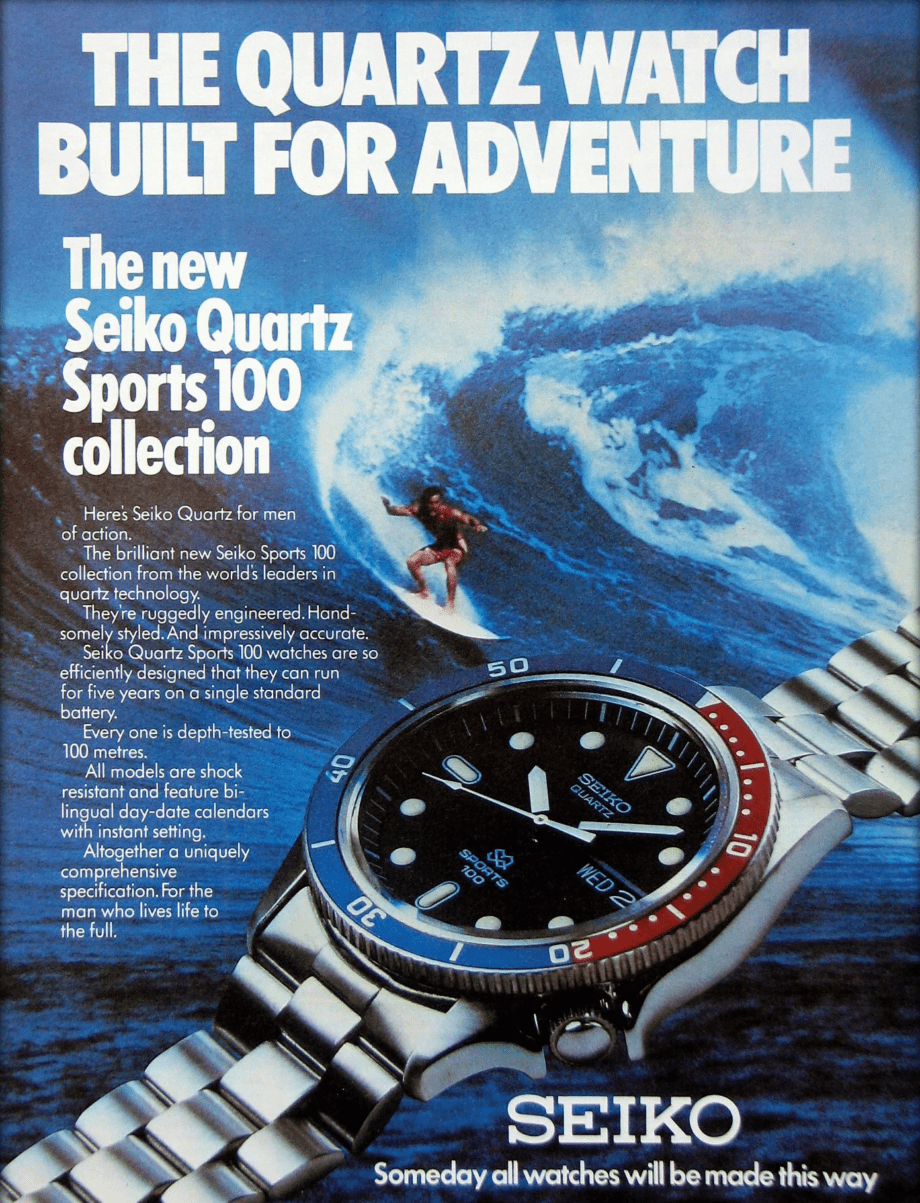seiko is among the most famous and successful Japanese watch brands and has its own significant place in the horology history. The brand has always been more than just a watchmaker. Seiko stands for creativity, perseverance and accuracy. But, the journey of this glorious brand was not always easy. the company had to face many challenges during what is known as the Quartz Crisis. In this post, we’ll explain why it is so important in the watchmaking industry and what the Quartz Crisis was and how it affected the market.
Seiko has a long history and an exciting story in the watchmaking industry. It is a story of love, art, skill and accuracy. The company was established in 1881 by Kintarō Hattori. It started as a repairer and seller of watches and later ventured into production. Very soon, Seiko became well known for its quality watches and innovations.
The greatest contribution of Seiko to the watch industry is considered to be the production of the first quartz wristwatch of the world in 1969. The Seiko Astron, powered by quartz crystal oscillator, was far more accurate than its mechanical counterparts. It was a revolution in the horology history and opened a new chapter in the timekeeper technology.
Unfortunately, this revolutionary technology brought a crisis that almost destroyed the traditional watchmaking industry. The crisis, known as the Quartz Crisis, started in the early 1970s with the wide acceptance of quartz technology in watchmaking. Most of the quartz watches were produced by Japanese companies such as Seiko.
The new timekeepers were highly accurate, relatively cheap in production and required minimal upkeep. Therefore, the consumers found it more convenient to use than its mechanical versions. The market demand for the mechanical watches declined.
The traditional Swiss watchmaking industry suffered the most from this crisis, as it was established for decades in the name of luxury and craftsmanship. The big Swiss watchmakers thought of the quartz technology as a threat to their tradition and art of watchmaking. They never thought it would go that far and they would lose a big part of their market share. But it happened.
During the Quartz Crisis, Seiko showed outstanding creativity and resilience. Unlike the traditional Swiss watchmakers, they didn’t just rely on one technology. They produced both quartz and mechanical watches to satisfy the demands of different customer groups. In such a way, they adapted to the new circumstances and survived the hard times.
More than that, Seiko kept investing in innovations. In 1988, they released the Seiko Kinetic, which was providing quartz accuracy but generating its own electricity through the motion of the wearer’s arm. The Kinetic technology stood between the quartz and the mechanical watches and gave the consumers another option. It allowed them to enjoy the best of two technologies depending on their specific needs.
The love for innovation didn’t stay only on the movement. Seiko paid great attention to the design, material and functionality of the watches as well. They released many different collections to meet the demands of various groups of consumers, from professional divers and pilots to stylish city dwellers.
Thanks to all these efforts, by the 1990s, Seiko was able to restore its place as a true global player in the watchmaking industry. All the diversifications and technological innovations that they adopted during the Quartz Crisis formed the basis of their success in the contemporary watch market.
It is fair to say that Seiko is a very important brand in the watchmaking industry. From the invention of the quartz technology to the survival of the Quartz Crisis, Seiko has always shown the true spirit of resilience. They diversified their production and invested in innovations to weather the hard times and come out even stronger.
Seiko is a household name in the horology world even today. They manufacture both traditional and innovative timekeepers that are equally accurate and reliable. The path they walked from the Quartz Crisis to the market leadership is a lessons learned for all industries. The true secret of success is to adopt the change and invest in innovations to stay relevant on the market.Our range of nato watch straps made of woven nylon can be easily combined with any of the various Seiko collections.

